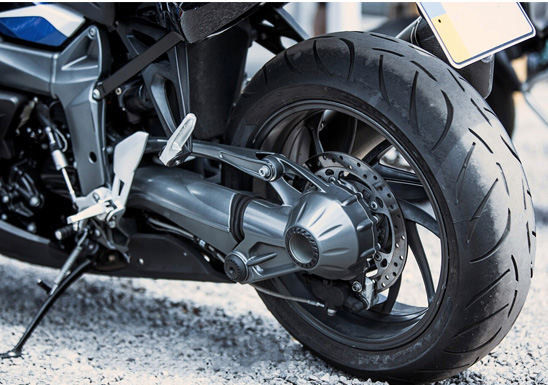វិច្ឆិកា . 02, 2024 05:30 Back to list
hydraulic cylinder seal kit material
Understanding Hydraulic Cylinder Seal Kit Materials
Hydraulic systems are essential components in many industrial applications, deploying hydraulic cylinders for their ability to generate high force and torque. At the core of these systems lies a crucial element the seal kit. The material composition of hydraulic cylinder seal kits is fundamental to their performance and longevity, and understanding these materials can significantly enhance the efficiency and lifespan of hydraulic equipment.
Common Seal Kit Materials
1. Nitrile Rubber (NBR) One of the most widely used materials in hydraulic seals, nitrile rubber offers excellent resistance to oils, fuels, and greases. Its resilience under varying temperatures and pressures makes it ideal for standard hydraulic applications. However, its performance can diminish at elevated temperatures or when exposed to aromatic and polar solvents.
2. Polyurethane (PU) Polyurethane seals are favored for their superior abrasion resistance and mechanical properties. They maintain their shape under stress, which is vital for preventing leaks. PU seals can be formulated to meet specific performance criteria, making them suitable for more demanding applications, but they may have limited chemical resistance compared to nitrile.
3. Fluorocarbon (FKM) Commonly known by the brand name Viton, fluorocarbon seals are engineered to withstand extreme temperatures and a wide range of chemicals. They are ideal for hydraulic systems that operate in harsh environments. Their longevity and durability make them a cost-effective choice in the long run, even though they may have a higher initial cost.
hydraulic cylinder seal kit material

4. Ethylene Propylene Diene Monomer (EPDM) EPDM seals are excellent for applications that require resistance to water, steam, and weathering. While they excel in outdoor or humid environments, they are not suitable for applications involving petroleum-based fluids.
5. PTFE (Polytetrafluoroethylene) Known for its low friction properties, PTFE is often used in applications requiring low wear and hydraulic systems with high speeds. PTFE seals are chemically inert, allowing them to be used in aggressive environments. However, they typically require support structures due to their lack of resilience.
Selecting the Right Material
Choosing the right seal kit material involves considering several factors, including the type of hydraulic fluid, operating temperature, pressure range, and specific environmental conditions. Selecting an inappropriate material can lead to premature failure of the seals, increased maintenance costs, and reduced efficiency of the hydraulic system.
Conclusion
Hydraulic cylinder seal kits are pivotal in ensuring the performance and reliability of hydraulic systems. Understanding the characteristics of various seal materials can help engineers and maintenance personnel make informed choices, resulting in improved operational efficiency and reduced downtime. By selecting the appropriate seal kit material, one can future-proof hydraulic systems, ensuring they operate smoothly in diverse conditions.
-
Unlocking the Potential of Hydraulic Systems with Essential Sealing Solutions
NewsAug.06,2025
-
Unleash the Power of Your Hydraulic Systems with Our Premium Seal Kits
NewsAug.06,2025
-
Specialized Hydraulic Seal Kits for Breakers, Pistons, and Presses
NewsAug.06,2025
-
Revitalize Hydraulic Systems with Premium Repair and Seal Kits
NewsAug.06,2025
-
Fortify Your Cylinders with Premium Sealing Solutions
NewsAug.06,2025
-
Elevate Hydraulic System Reliability with Specialized Seal Kits
NewsAug.06,2025
-
TCN Oil Seal Metal Ring Reinforcement for Heavy Machinery
NewsJul.25,2025
Products categories
















